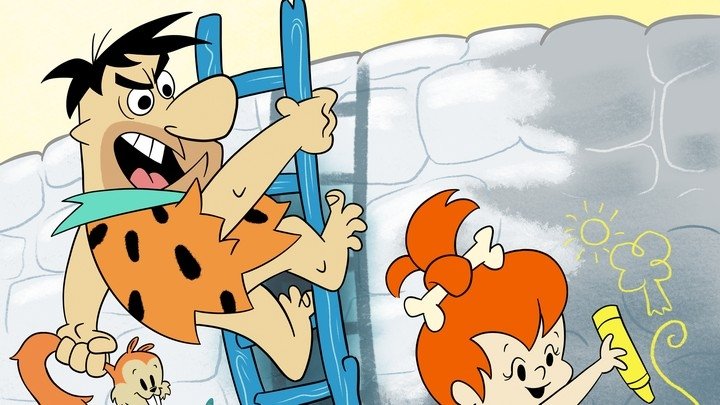How Dissidia NT pays tribute to Final Fantasy's heritage
Director Takeo Kujiraoka fields our questions.
This week's big release, Dissidia Final Fantasy NT, sees Square Enix again attempting to give fans the Final Fantasy all-star jam they've craved for decades. Rather than taking the form of a classic role-playing adventure, though, Dissidia NT instead plays more akin to a fighting game… though not precisely one like any other before it. The end result mixes brawling and RPG elements in even numbers, but is it Final Fantasy? We've asked director Takeo Kujiraoka to share his thoughts on Dissidia's relationship to 30 years of Final Fantasy games.Retronauts: In your opinion, how does Dissidia represent the concepts of "Final Fantasy" and "fighting games"? What does it bring to the franchise, and to a genre so different from Final Fantasy?
Takeo Kujiraoka: Dissidia Final Fantasy NT is a fighting game, but it also definitely feels like a Final Fantasy game. We remade it from the ground up for the PlayStation 4 system with the talented development team at Koei Tecmo Games and we are grateful to have joined forces with them. As combat is a core element of this game, we want players to enjoy the unique three-vs-three battle system and fast paced fun-filled matches as they fight alongside your allies in action-packed and strategic battles.
A very important thing for us is that the fans of the Final Fantasy series feel that the characters we have chosen work in Dissidia, so we have also put a lot of focus into making sure they truly feel like the characters from their original [appearances]. This is also the only Final Fantasy ensemble game where you can experience a high level of graphical fidelity. The memorable Final Fantasy characters, rearranged music tracks, various locations that are the backdrops for their adventure, and the wondrous summons are brought back to life with splendor that only the PS4 can convey.
Retronauts: In selecting representatives from each game, how do you pick specific characters? Some Final Fantasy stories have central figures (e.g. Final Fantasy XIII and Lightning), but others (like Final Fantasy VI) don't.
TK: We prioritize the protagonists and the rival villains from each title. As such, for Final Fantasy VI, we have Terra in our title as the protagonist character. Some numbered titles do not have a villain in our title yet but there is the possibility that they will be included in the future. Other deciding factors are a character’s popularity, and how unique their battle style is (if they are able to be unique and stand out from other characters in Dissidia). Based on that, we then consider the number of characters that are included in the game from the same title, as well as the balance between the number of male and female characters.
Retronauts: How do you make characters of decidedly varied skill and power levels viable against one another? Some characters are practically gods — Kefka comes to mind — but others have far more modest power in their original appearances, such as Kain Highwind.
TK: For the heroes, we imagine that they are summoned into the world of Dissidia at level 99. Since these characters are able to defeat the final boss by themselves if you raise them to be strong enough in their original titles, it is not strange that someone like Kain is able to defeat even a god by himself in the world of Dissidia.
But all jokes aside, the most important aspect we take into account when developing the title is whether or not we were able to reflect the character’s uniqueness from the original title in battle. Final Fantasy is a franchise with a long history that has a wide range of players and fans. Of course, this means that each person has his or her own favorite character. As such, we did not focus on the difference in power between gods or humans, but rather felt it was important for our players to be able to control their character in an exhilarating way, while having the characters retain their unique qualities from their original title.
(Another reason is, of course, is that due to the game genre, all the characters must be balanced.)
Retronauts: We've recently revisited some of the fighting games Squaresoft published (including Ergheiz, which contained quite a few Final Fantasy characters). Many of those games had an interesting way of combining RPG and fighting mechanics with Mystery Dungeon style adventure modes. Have you looked at integrating something along those lines into Dissidia, given how much it already intersects with the RPG genre?
TK: Of course, I thought about it. I did consider whether having a campaign mode that utilizes our current battle system, in which you would defeat monsters and develop your characters, would satisfy a large number of players.
However, we ended up deciding to focus on creating a fighting game based on the principle that “Even within the Final Fantasy franchise, let’s do what only Dissidia can do.”
After launch, we would like to work on improving playability of the game as a fighting tool. If that part is fulfilled, then I believe that we can positively consider this RPG element if we are able to create a new title.




